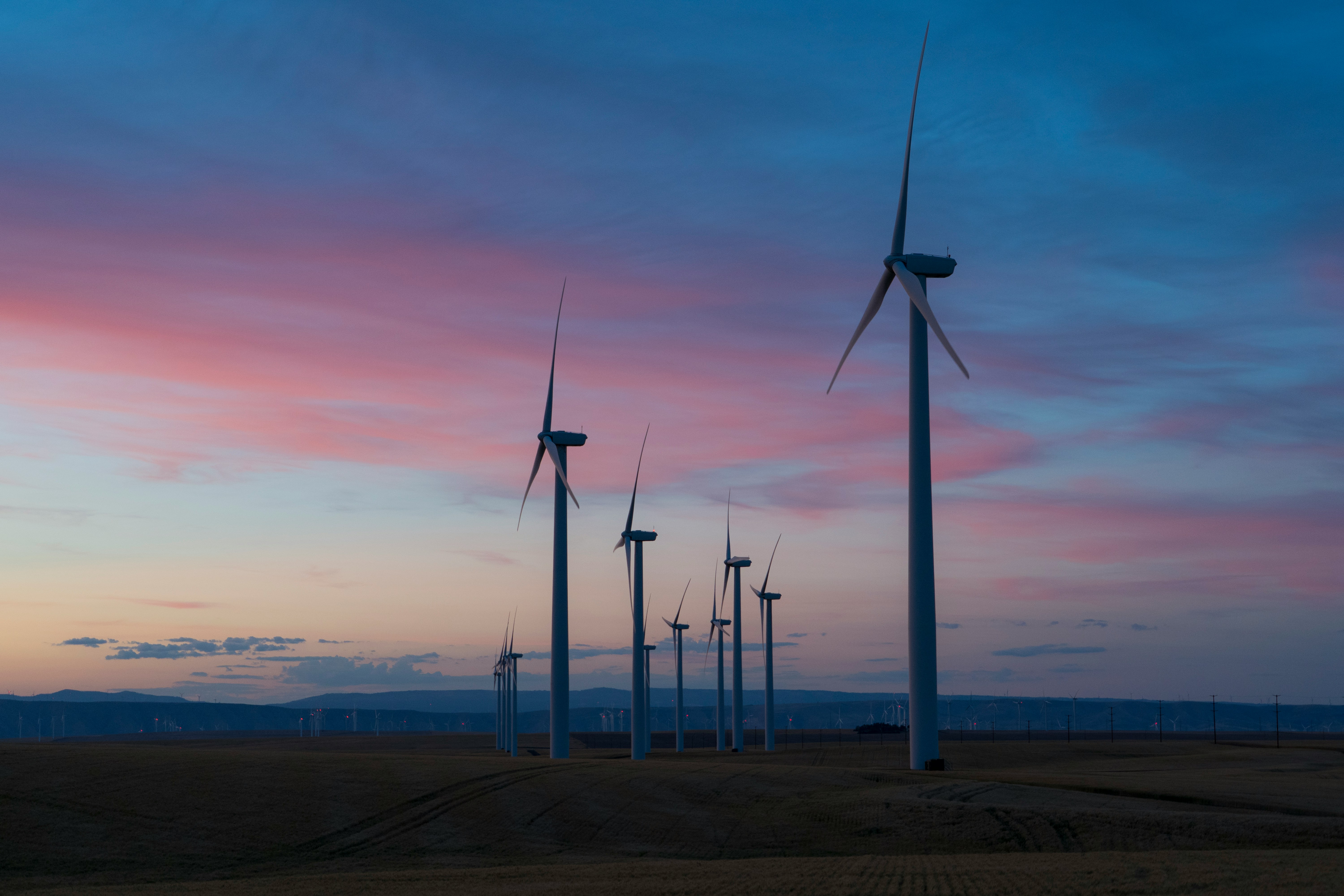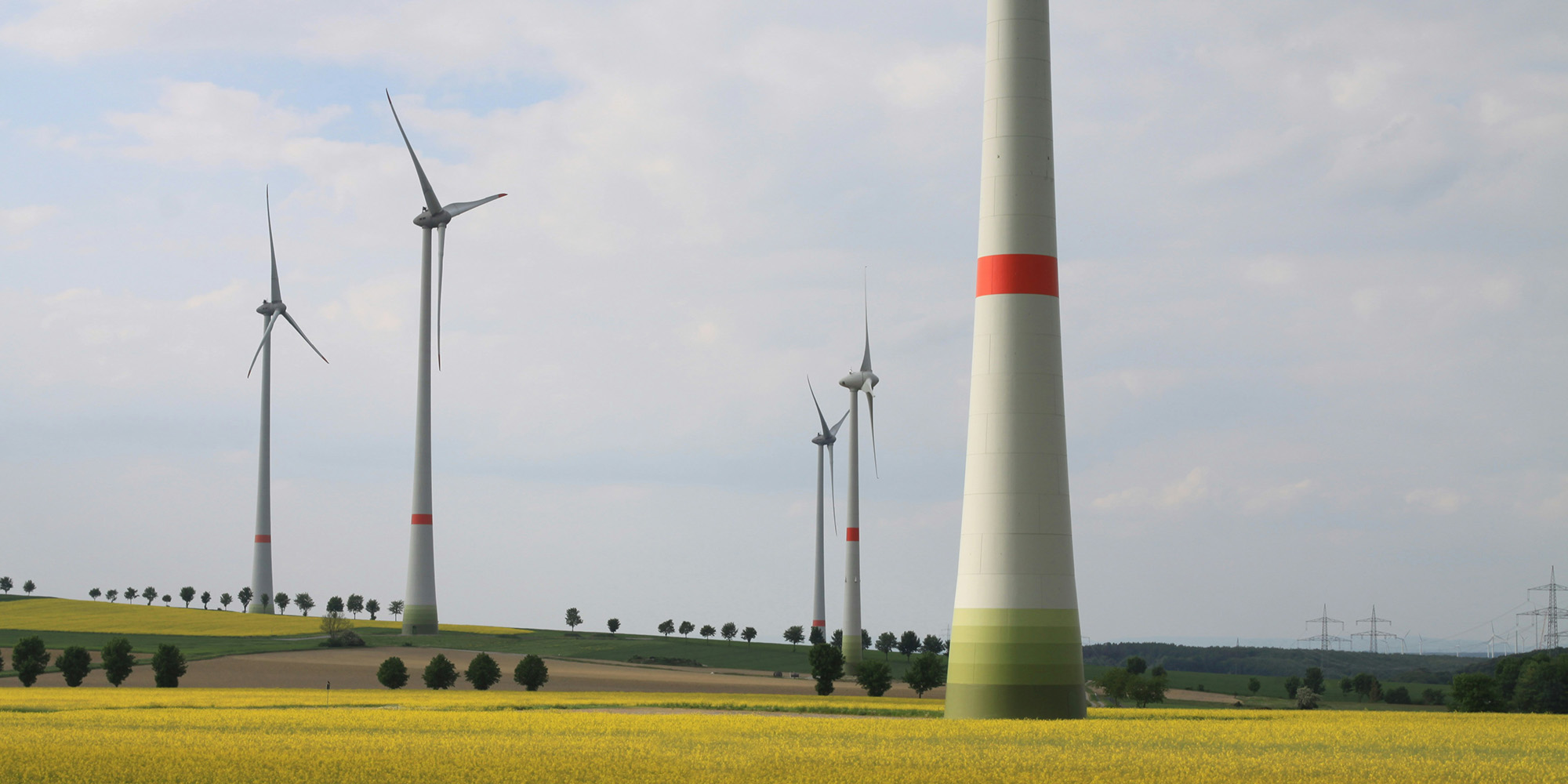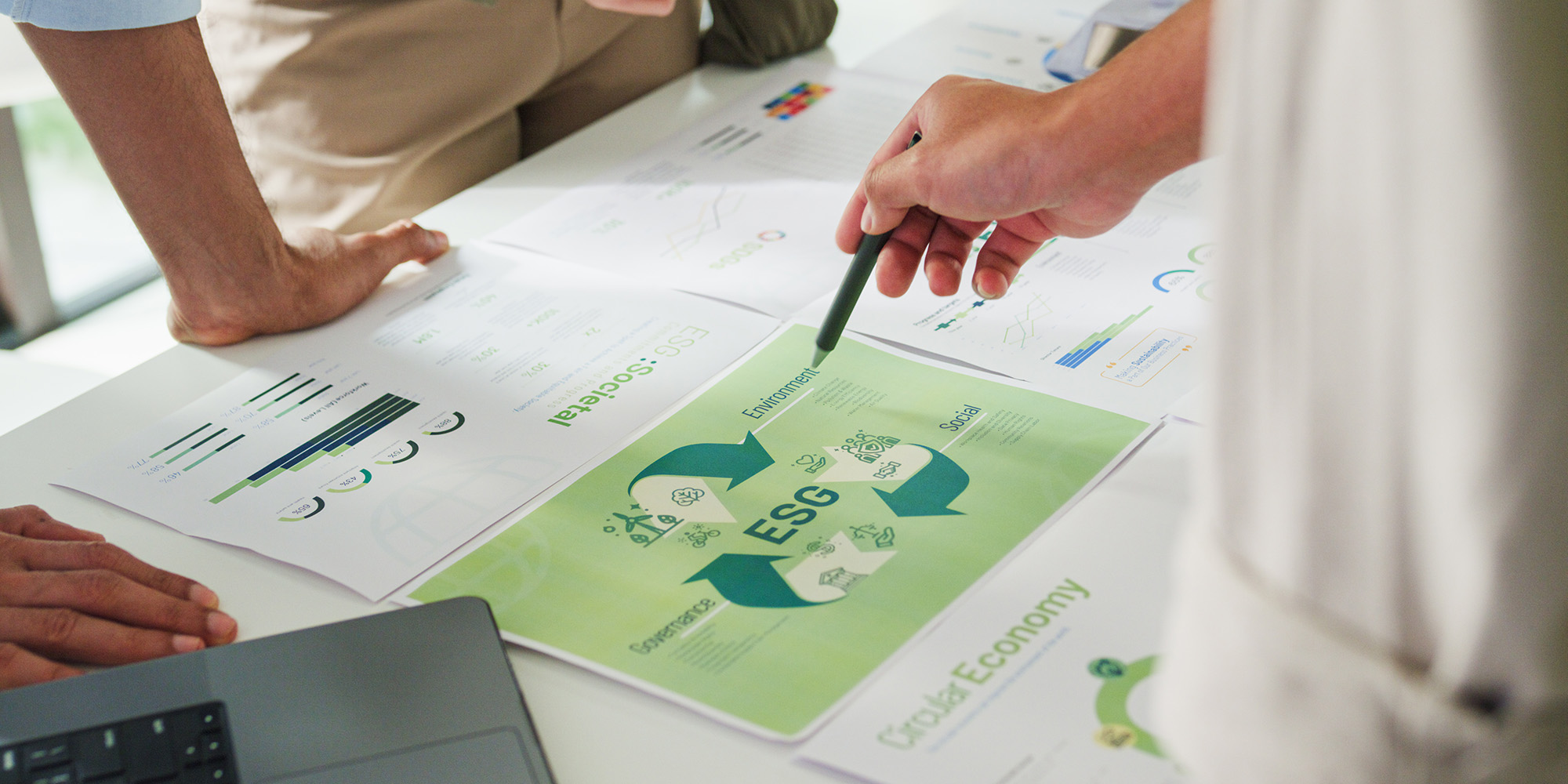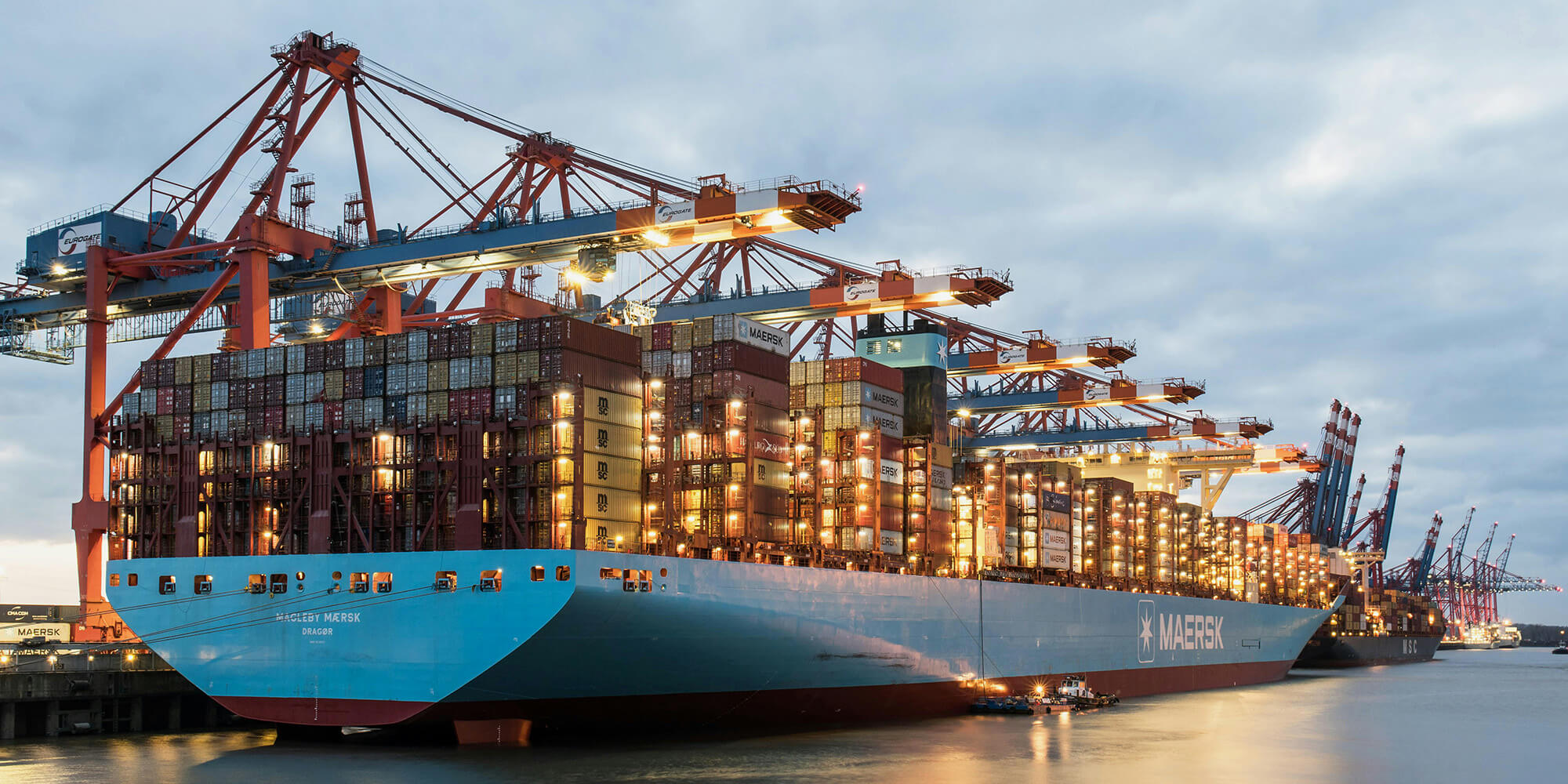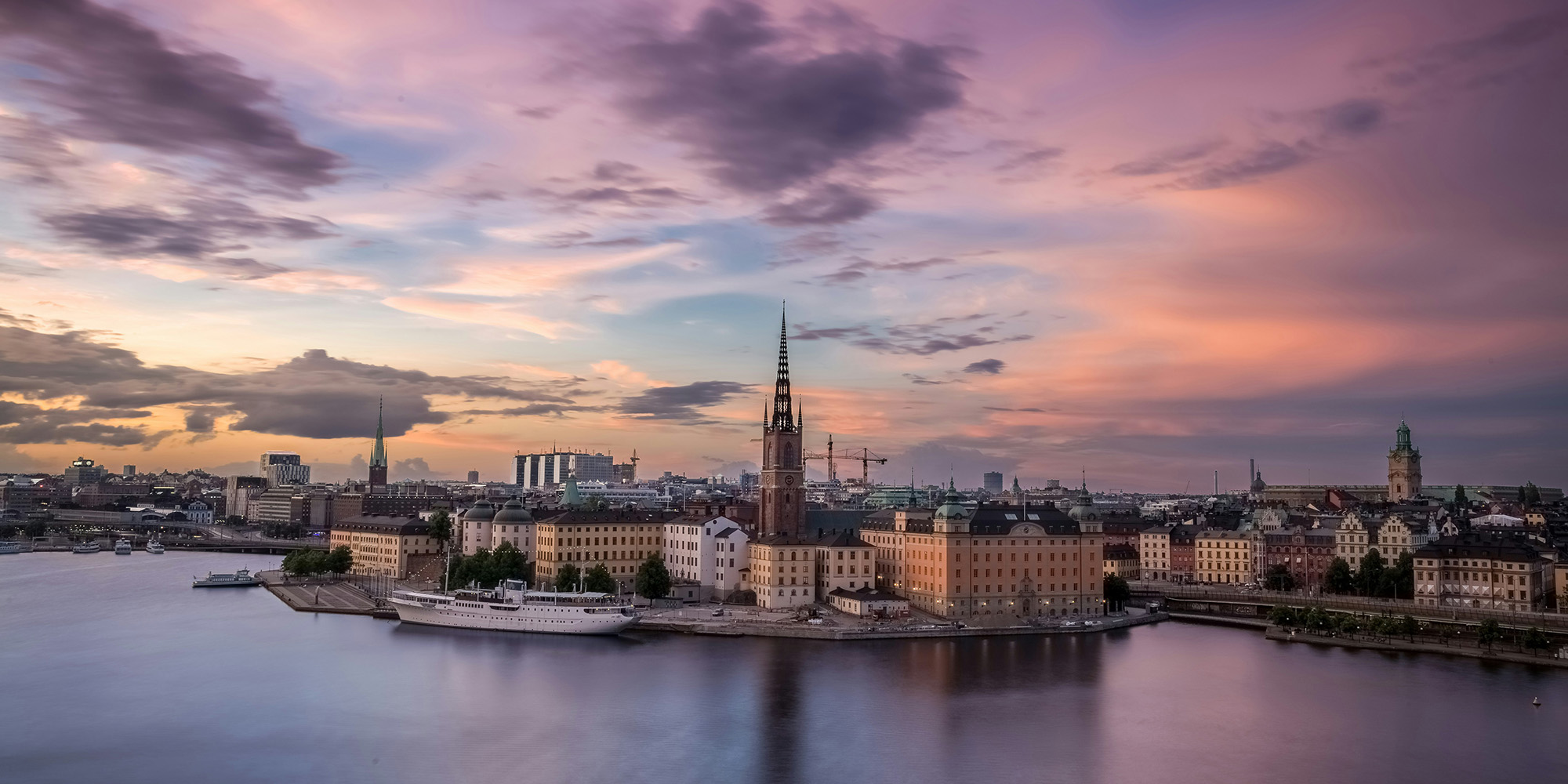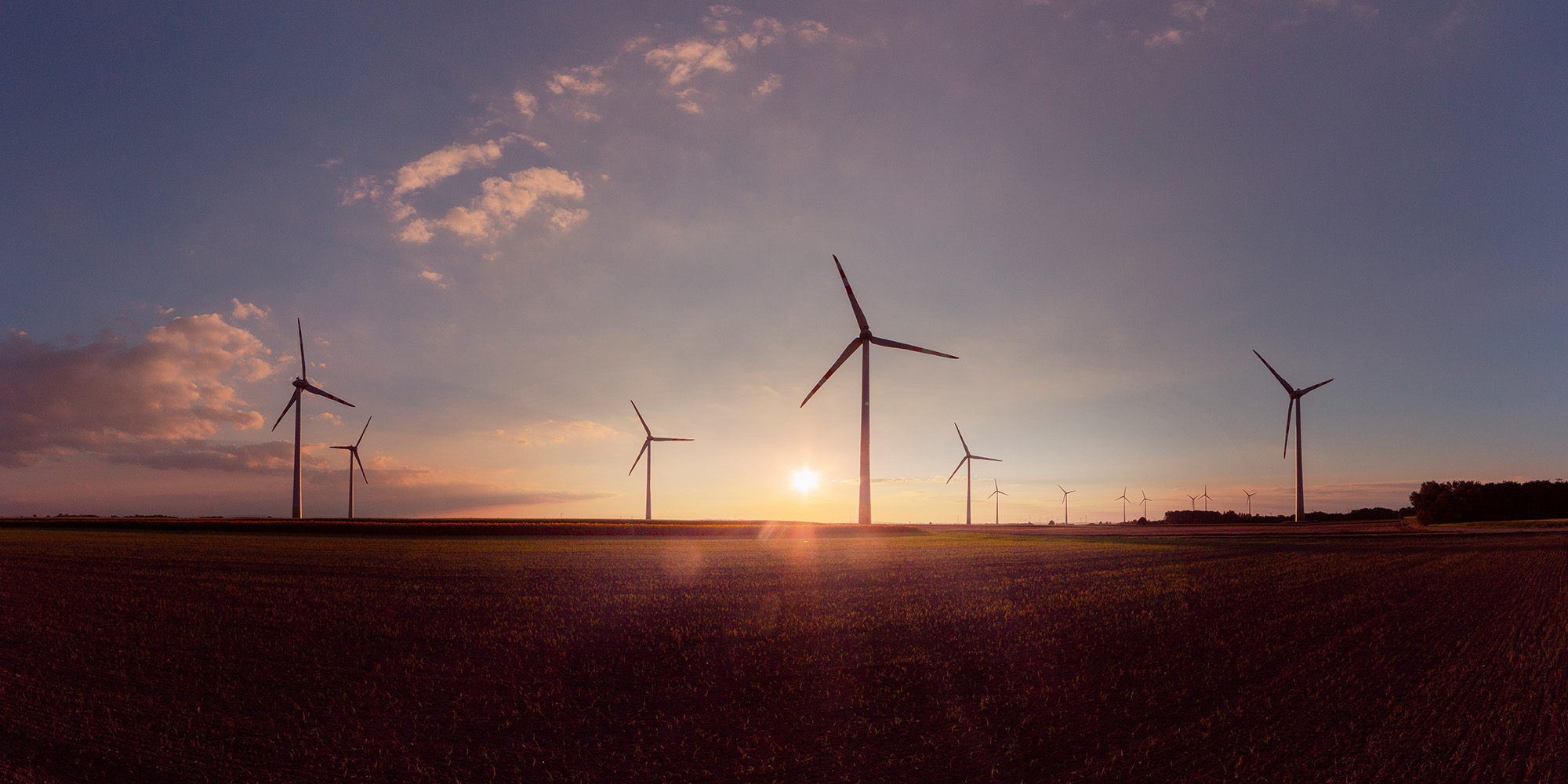Guarantees of Origin (GOs) have always been controversial in Norway. In a country where 99% of electricity production comes from renewable sources, the implementation of a tracking mechanism that allows Norwegian clean energy to be claimed elsewhere in Europe has been widely debated among supporters and critics who long advocated for the system's removal. Norway is also the largest GO producer. If it were to withdraw, as some have speculated, it would upend the market.
 “GOs were never an intuitive system in Norway,” Lars Ragnar Solberg, Principal Consultant at AFRY Management Consulting, says. “People in power-intensive industries thought: we’ve been using renewable electricity for a hundred years, and now we suddenly have to pay for these certificates? Not only that, if they are sold out of the country, someone else can use that green attribute.”
“GOs were never an intuitive system in Norway,” Lars Ragnar Solberg, Principal Consultant at AFRY Management Consulting, says. “People in power-intensive industries thought: we’ve been using renewable electricity for a hundred years, and now we suddenly have to pay for these certificates? Not only that, if they are sold out of the country, someone else can use that green attribute.”
For some large industrial energy users, GOs meant the loss of a competitive advantage that should remain within national borders. The current coalition government, elected in 2021, came to office on a platform that included a promise to exit the GO system. However, the narrative has since changed.
In August 2024, Minister of Energy Terje Aasland said Norway should “shelve plans to leave the GO system”. Later, in November, lobby organisation Norsk Industri, historically opposed to GOs, said they do not want the certificate system removed but rather seek “room for action to protect the industry’s interests.” Why have they changed their minds?
“I see three main reasons for it,” Solberg continues. “Firstly, the EU is pushing Norway to implement the long-overdue RED II.” Norway is lagging in the adoption of the EU Renewable Energy Directive (RED). The third revision of the legislation, RED III, came into force in 2023. Norway has yet to implement the second version, which dates from 2018.
RED II sets a common framework for renewable energy. It establishes a binding EU target for the overall share of energy from renewable sources in the Union's gross final consumption of energy in 2030 and lays down rules for the production and consumption of renewables. “In short, the directive strengthens regional cooperation towards clean energy goals,” Nils Holta, Net Zero Advisor at Ecohz, says. If Norway wants to join that effort — with the regulations and commitments it entails — GOs are more than likely to be part of the package.
Secondly, the GO system now provides significant income to the Norwegian state, both in the form of tax and as revenue for state-owned utilities and power producers. Solberg and his team estimate that, if conditions are maintained, Norway will generate nearly NOK 20 billion from 2025 to 2029.
Then comes the Corporate Sustainability Reporting Directive (CSRD). “For the first time, the EU has been explicit that GOs play a significant role in mandatory sustainability reporting. The Norwegian Parliament was also quite fast in finalising the implementation of the rules,” Solberg adds. Norwegian companies covered by the new directive might soon use GOs to prove clean energy consumption or risk low sustainability scores according to European standards.
The likelihood of Norway leaving the GO system has never been lower. And as sustainability reporting becomes mandatory, many corporate energy buyers are changing their views on GOs — from a net cost to a competitive advantage.

Guarantees of Origin: Buying renewable energy as a competitive advantage
For power-intensive industries, buying GOs is a delicate business decision. “If you consume one terawatt hour of electricity per year and you have to pay one or two euros per GO, that is one or two million euros annually. It’s a lot of money,” Solberg says.
However, as reporting regulations are phased in, proving clean energy consumption could become a necessary investment. “The EU has made sustainability a new dimension of the single market with a clever regulatory triangle,” Nils Holta explains. “The CSRD ensures that companies provide essential sustainability information. Then, the EU Taxonomy facilitates sustainable investments, while the Green Claims Directive ensures customer-facing communication is factual.”
The framework will progressively direct investments towards sustainable businesses. According to the European Commission, capital investments in Taxonomy-aligned activities increased from €191 billion in 2023 to €249 billion by May 2024. Mortgages and other loans within the scope of the Taxonomy already represent, on average, over 50% of the assets of large EU banks. In other words, access to capital will gradually become easier for activities that meet sustainability requirements, including reduced emissions.
Companies in all sectors are being pushed to decarbonise by commercial partners, too. “Many Norwegian power-intensive companies have operations and customers all over Europe, and they are already saying: we want this [renewable energy consumption] documented,” Solberg explains. “It is obvious that GOs have a role to play here. We cannot have one exclusively Norwegian standard.”
Documenting clean energy use is becoming increasingly important for doing business in Europe. However, consciously buying renewable energy is not only about compliance but also about the importance of choice and the signal it sends. “One of the goals of market-based systems, such as GOs, has always been empowering consumers by allowing them to choose their energy source,” Tom Lindberg, CEO of Ecohz, says. “You are not constrained to whatever you get from a given supplier — you can take action and show that you are contributing to something positive that adds value to your business.”
Norway will remain a country rich in renewable resources. Informing the carbon intensity of the grid companies draw physical power from, known as location-based reporting, will also stay part of robust sustainability disclosure. But to drive the energy transition forward across the continent, the active participation of as many actors as possible in market-based systems will be crucial.
Can GOs make renewable energy more profitable?
For renewable energy producers, GOs are a brace. They require little investment and administrative work and provide a much-welcomed revenue stream when the conditions to build more renewable capacity are uncertain.
Recently, Anund Nerheim, project manager at Norwegian utility Lyse, which plans to build offshore wind farms in the country, urged the national government to clarify whether offshore projects could issue GOs to help finance construction. Jon Anders Skau, spokesman at utility Å Energi, also told Montel that the sale of GOs could provide a significant revenue source for developers, which is also important for Power Purchase Agreements (PPAs).
"Many Norwegian power-intensive companies have operations and customers all over Europe. It is obvious that GOs have a role to play here. We cannot have one exclusively Norwegian standard.”
At a time when energy prices are low and power producers are scaling back their growth ambitions, GOs can support new clean energy development. “The onshore wind debate in Norway is very much stuck,” Solberg adds. “Then, looking at offshore wind, some people are questioning profitability. Making [new projects] less profitable by removing GOs sems like a terrible timing.”
Understanding the impact of GOs and other Energy Attribute Certificate (EAC) systems requires a nuanced view. Contrary to narratives that discard EACs as insignificant, it is becoming clearer that the clean power sector in Norway receives significant benefits from these market-based instruments.
The key is collective participation. According to a recent CDP report, EACs remain “the mechanism most accessible to companies to purchase renewable energy.” At the same time, the “impact in voluntary RE procurement […] is dependent on the overall participation and demand of companies in these markets.” Norway has decided to be part of this. And as more companies start procuring GOs, they will not only support Norwegian renewable energy but may also uncover business potential in the rest of Europe.


.png?width=3840&height=2560&name=Sun(1).png)

.png?width=3840&height=2560&name=Landscape_2(1).png)
